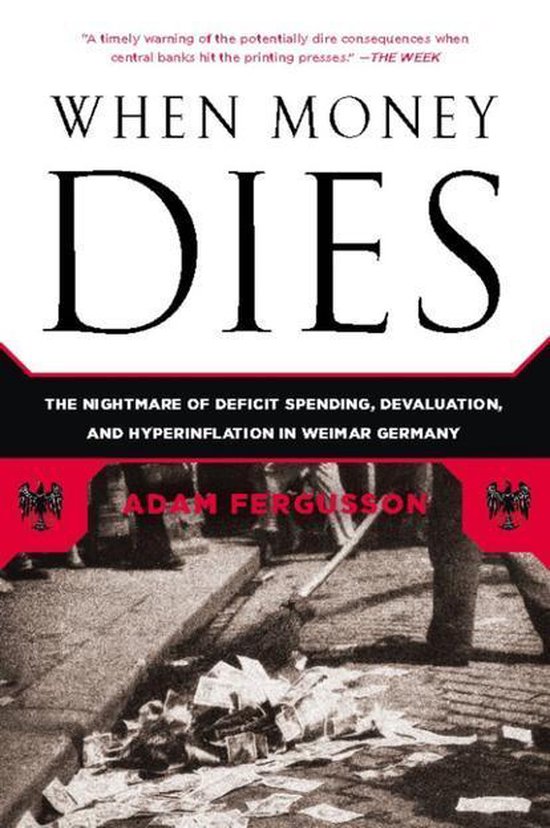
Summary of Adam Fergusson's When Money Dies
Please note: This is a companion version & not the original book. Sample Book Insights: #1 The German mark, the British shilling, the French franc, and the Italian lira were all worth about the same in 1913. By the end of 1923, the mark had fallen almost ten times its size. The mark’s fall began gradually in the war years, 1914-1918, and accelerated in the 1920s. #2 In the winter of 1918-1919, the German, Austrian, and Hungarian economies underwent political revolutions following the deprivations of wartime and the crushing military defeat. Inflation exacerbated every problem, ruined every opportunity for national revival, and eventually produced the conditions in which extremists of Right and Left could raise the mob against the State. #3 The German inflation was both internal and external. It was caused by the Reichsbank’s creed of Mark gleich Mark - paper or gold, a mark is a mark is a mark. If prices went up, people demanded not a stable purchasing power for the marks they had, but more marks to buy what they needed. #4 The German revolution, which began as a military mutiny against the bungling of the Army’s leaders, had economic origins as well. Support for the Soldiers’ Councils which were forming in every unit stemmed from the financial hardships experienced by many of the soldiers and their families.
| Auteur | | Everest Media |
| Taal | | Engels |
| Type | | E-book |
| Categorie | |




